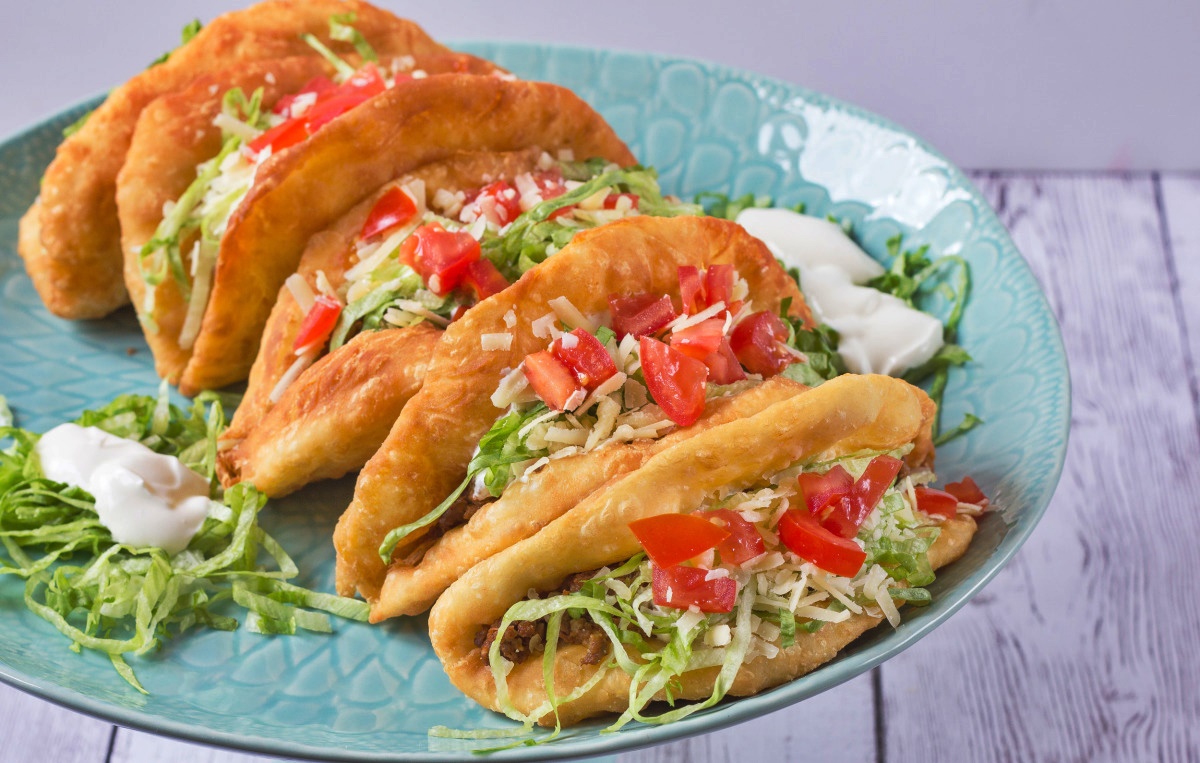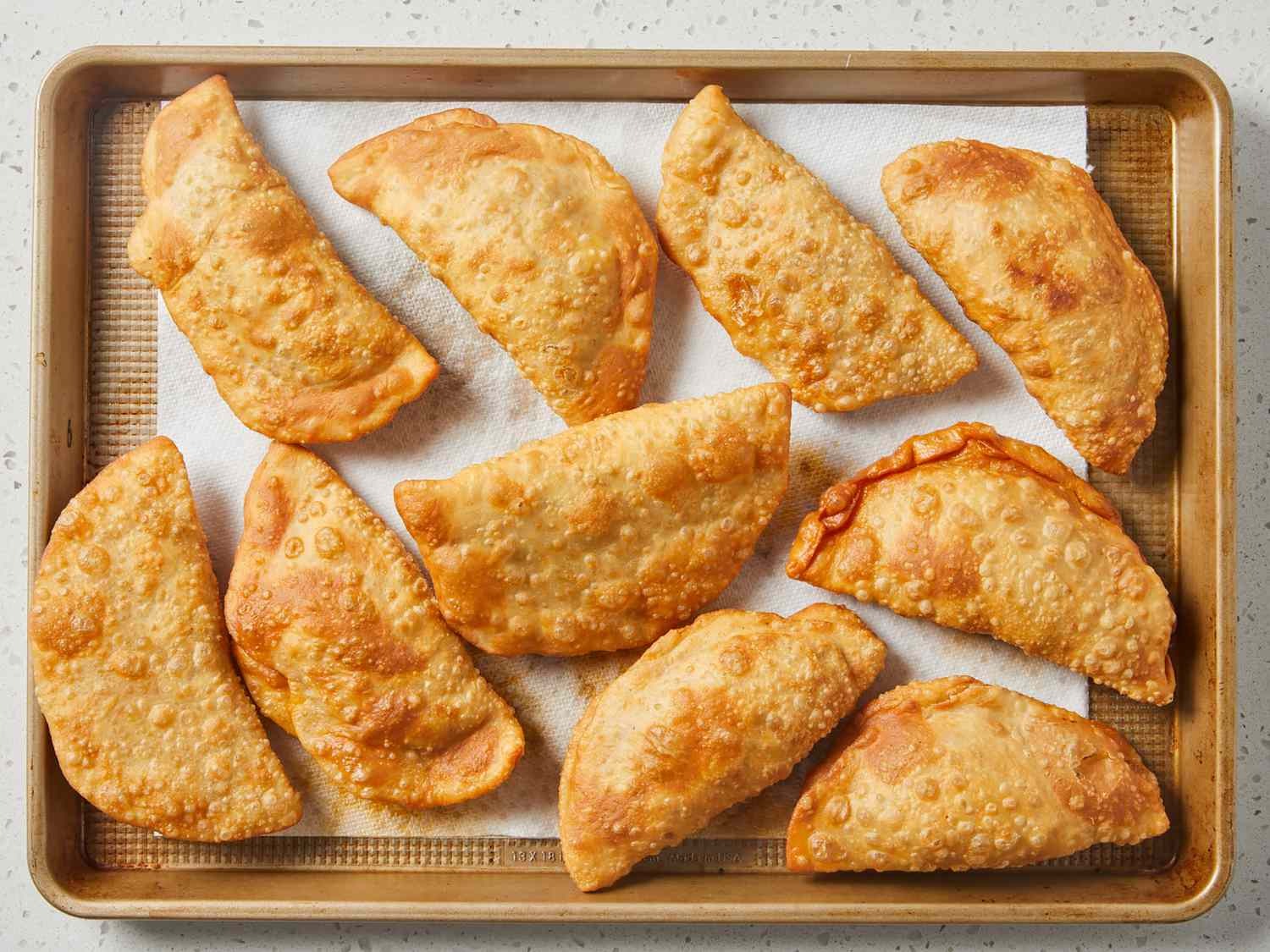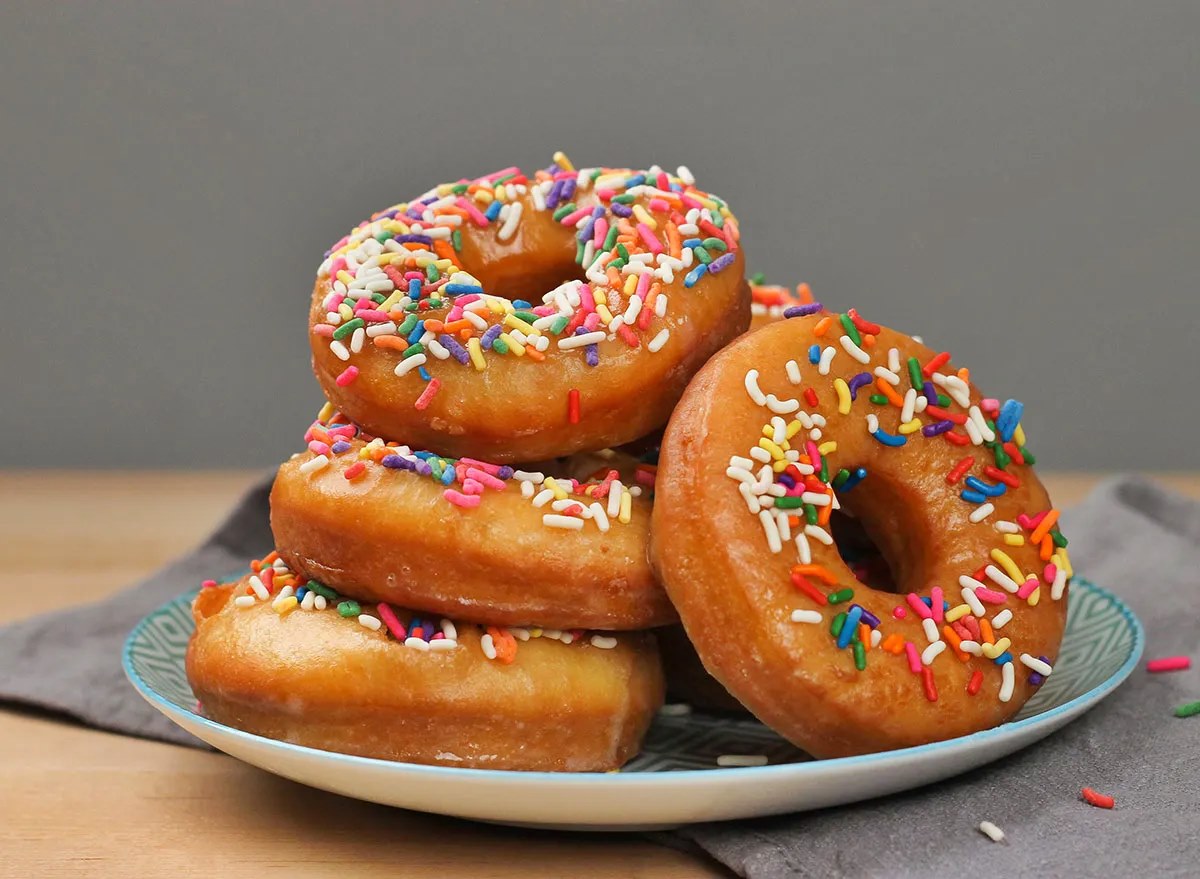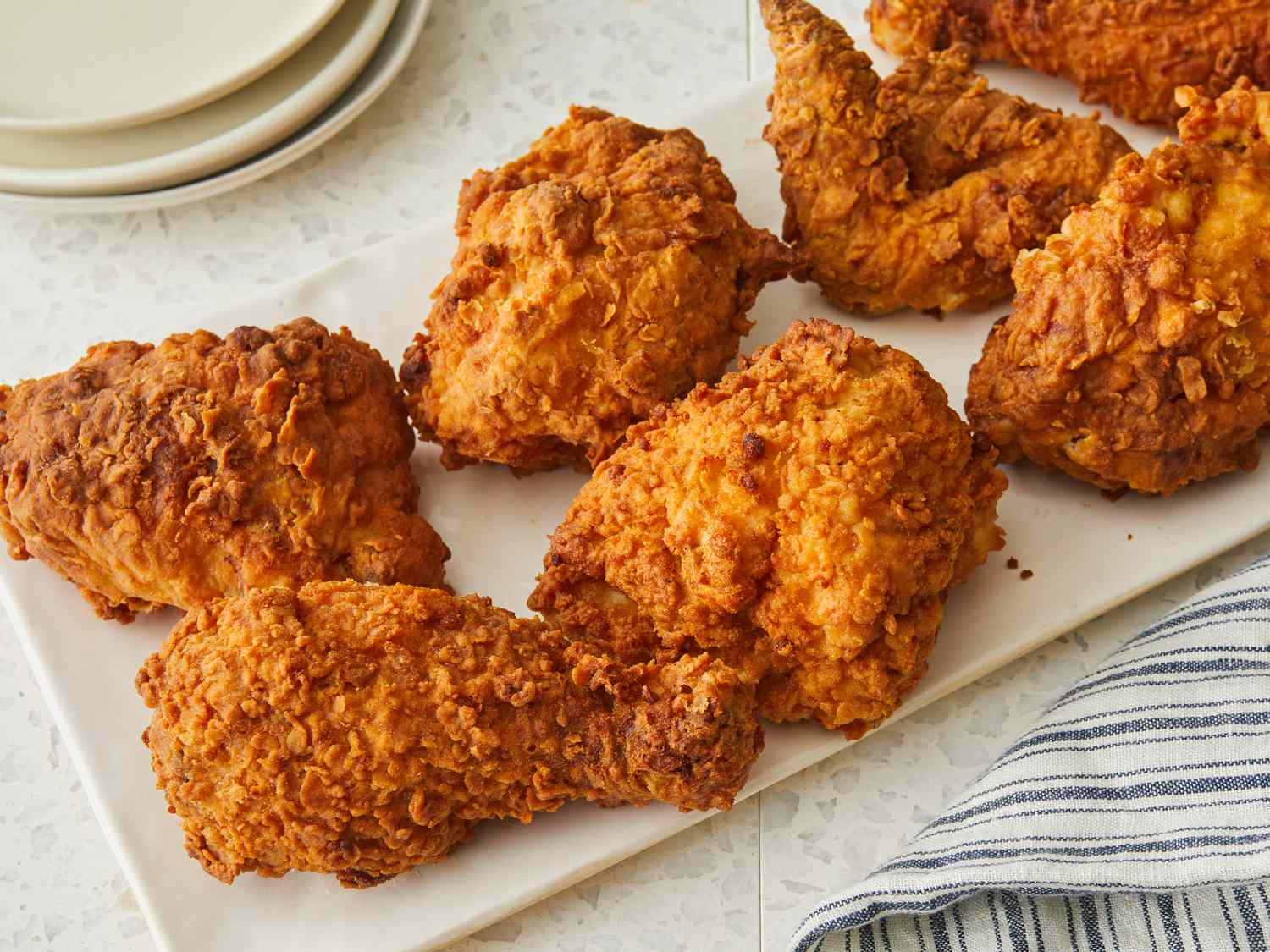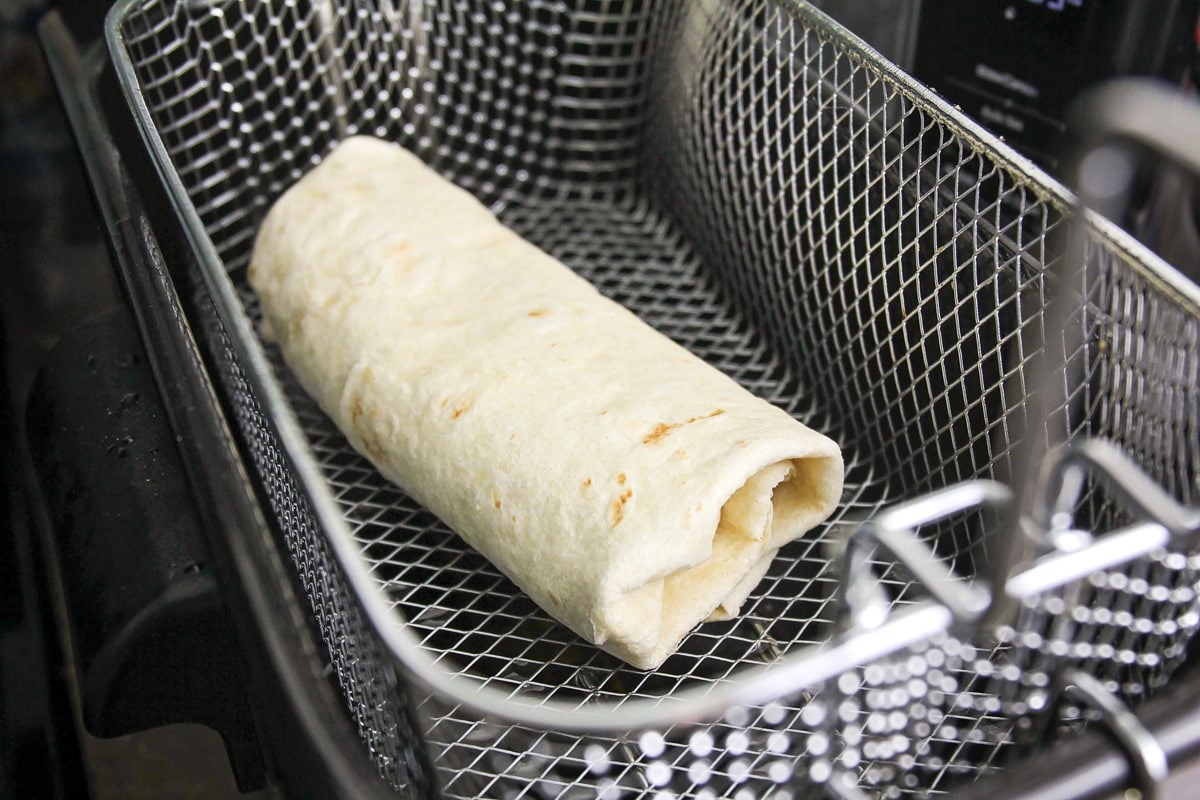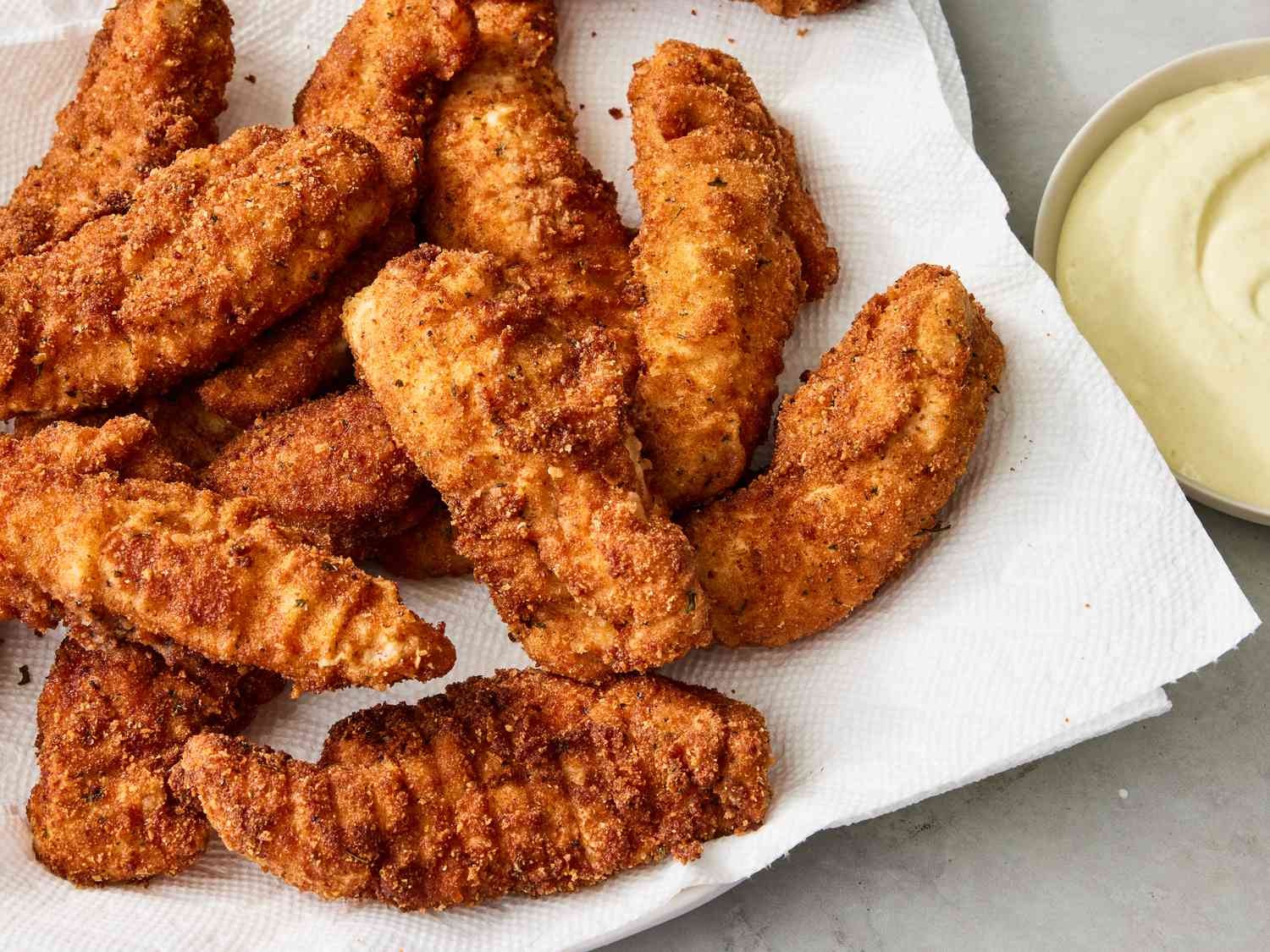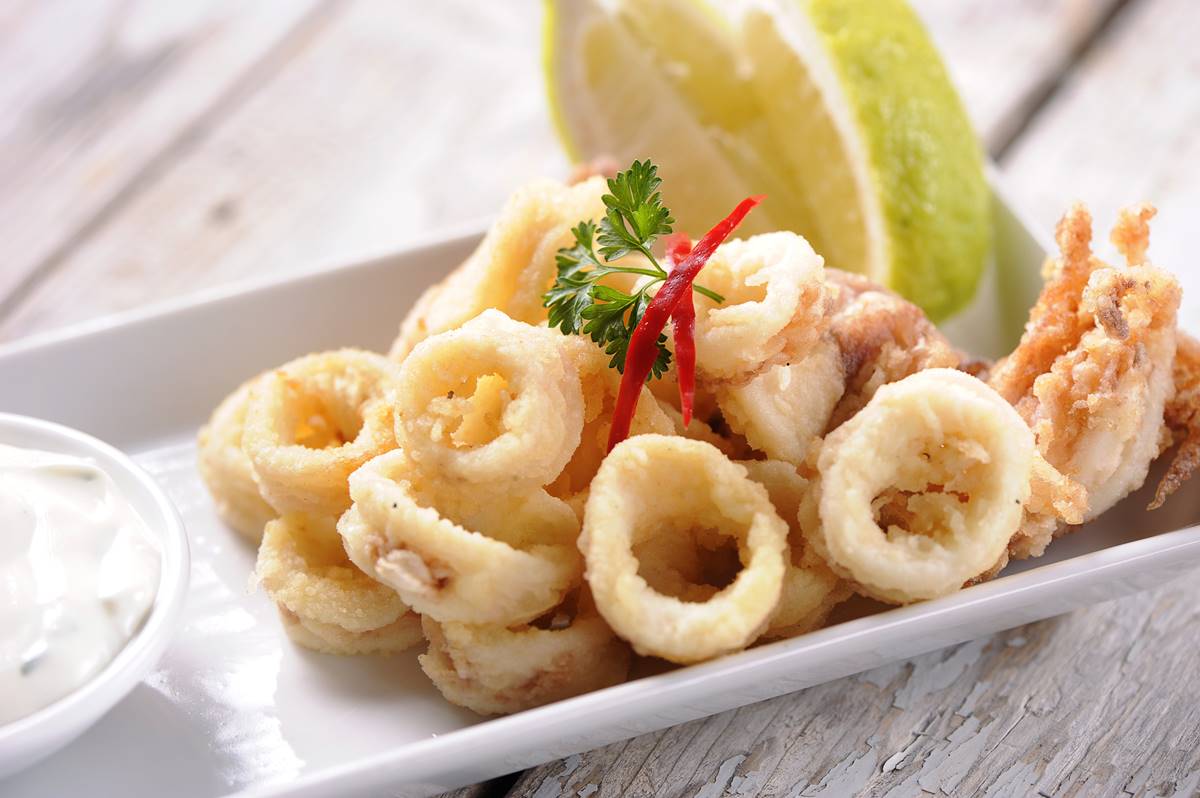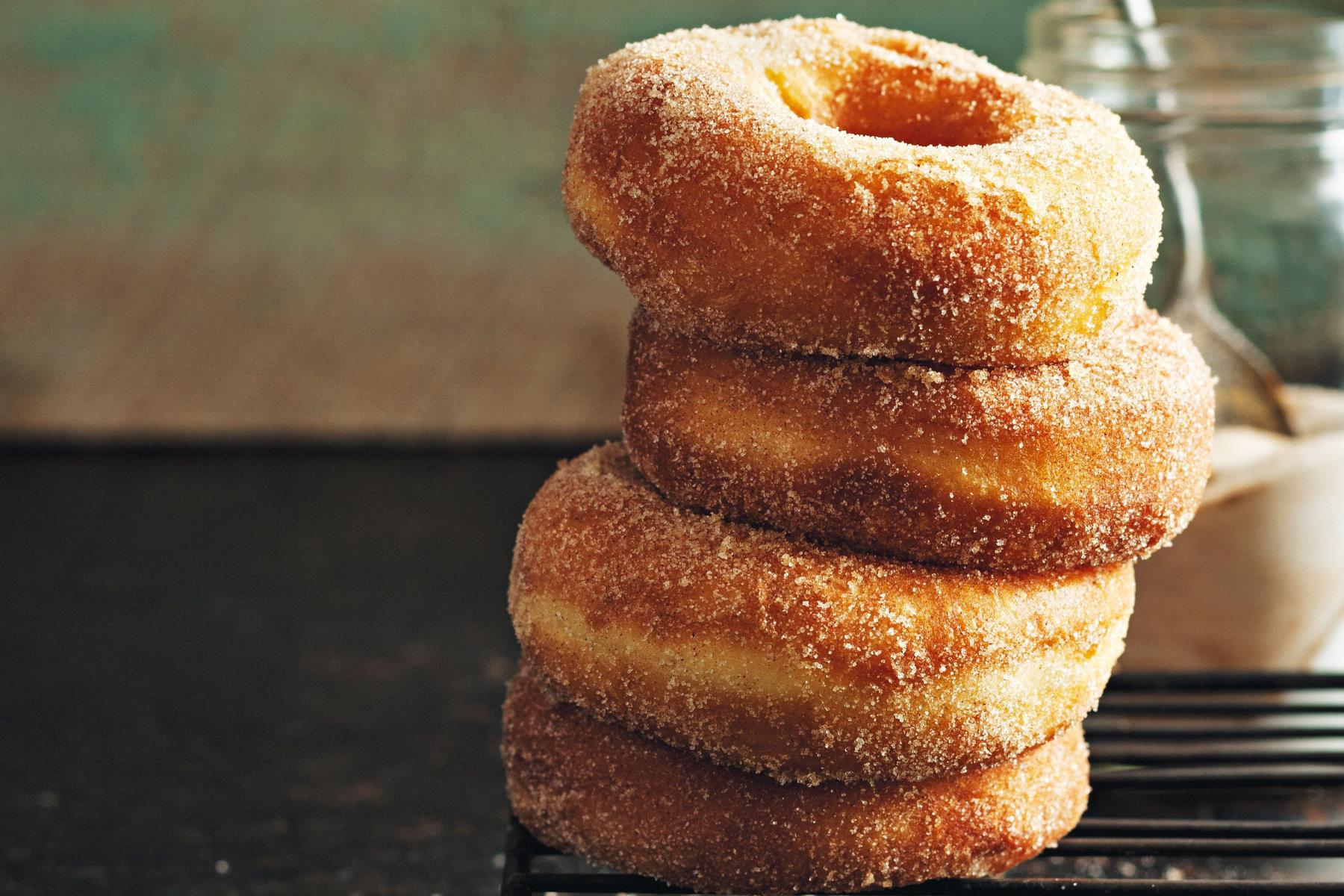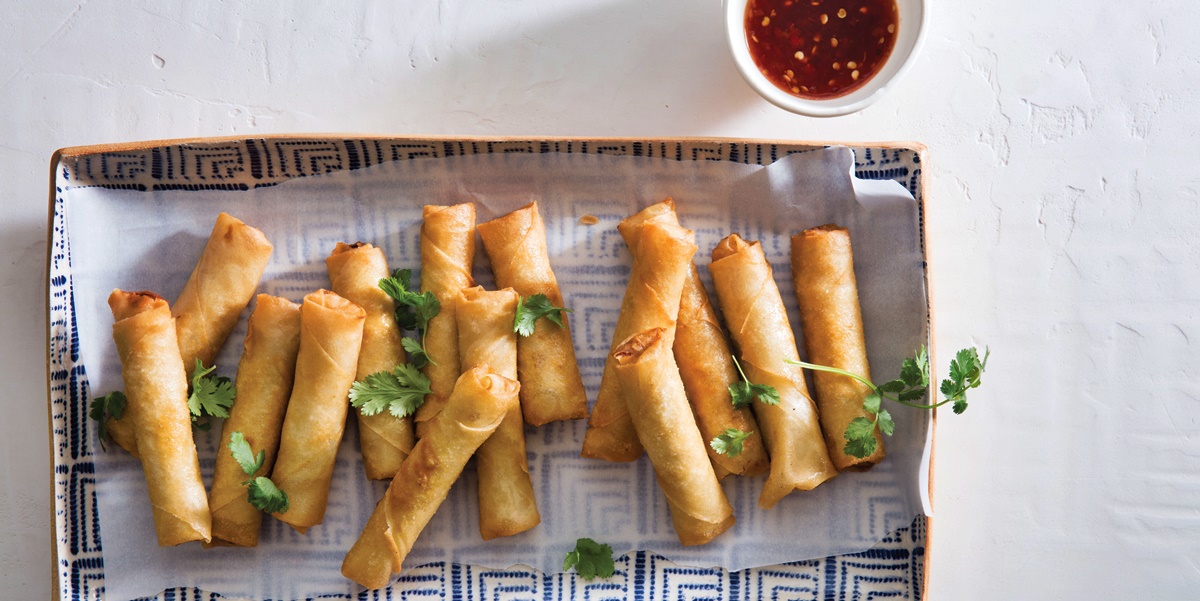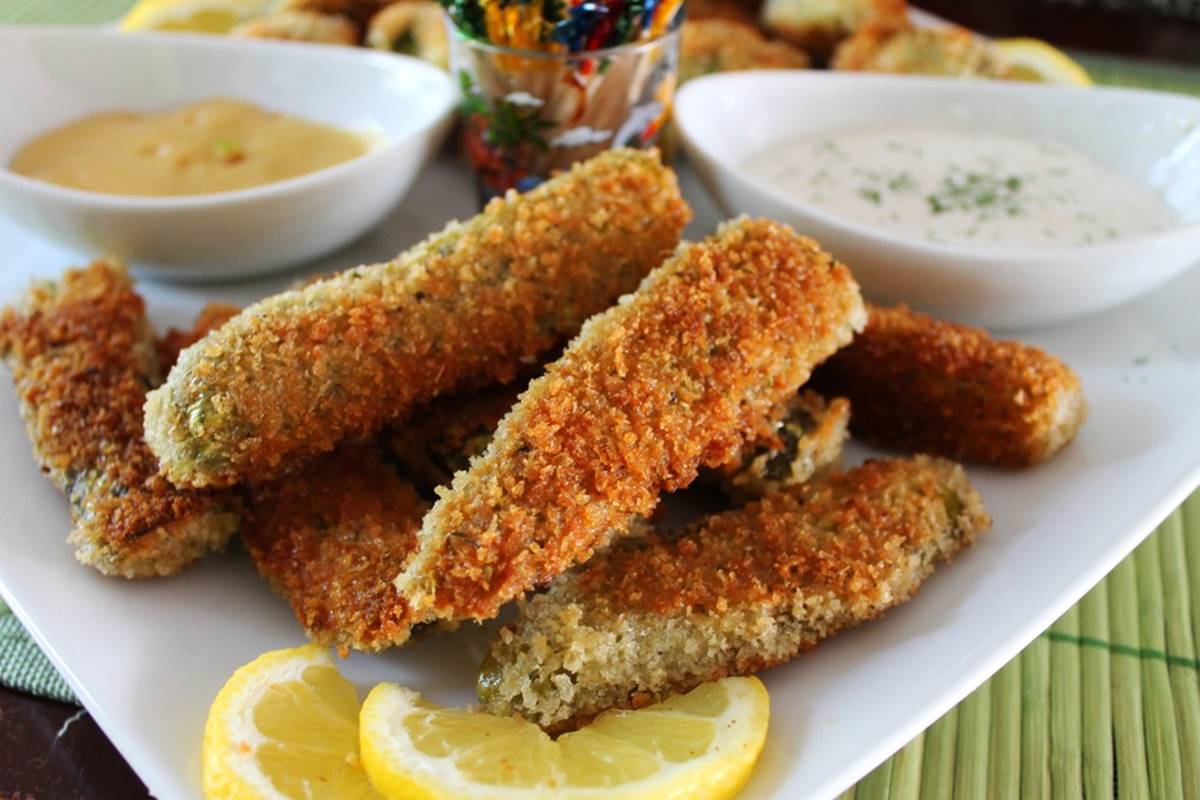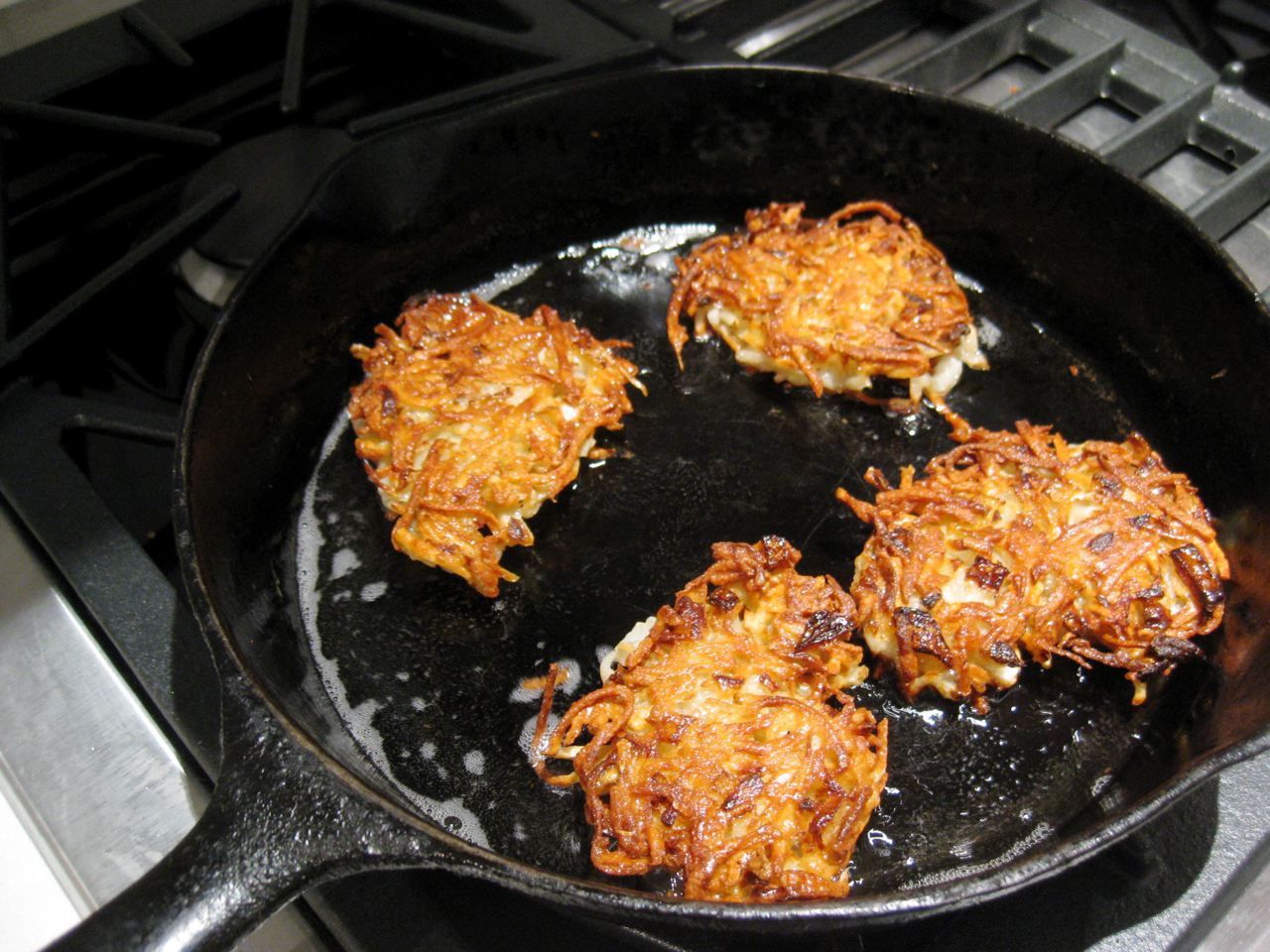How To Fry Food: A Beginner’s Guide to Deliciously Crispy Delights
Frying food is an art form that can transform ordinary ingredients into mouthwatering culinary delights. Whether you’re a beginner in the kitchen or an experienced home cook looking to up your frying game, this guide will teach you the fundamentals of frying food to perfection.
1. Choose the Right Oil
The first step to achieving crispy and flavorful fried food is selecting the right oil. Opt for oils with high smoke points such as vegetable oil, canola oil, or peanut oil. These oils can withstand the heat required for frying without breaking down or imparting unwanted flavors.
2. Use the Right Tools
To fry food efficiently and safely, make sure you have the right tools at hand. A deep-fry or heavy-bottomed pot works best as it provides enough space for the oil and minimizes splattering. A deep-fry thermometer is also essential to monitor the oil temperature accurately.
3. Preheat the Oil
Before adding any food to the hot oil, make sure it is properly preheated. This will give you that desirable crispy texture. Heat the oil to the appropriate temperature depending on what you’re frying. For delicate foods like fish or vegetables, aim for around 350°F (175°C), while heartier foods like chicken or potatoes can be fried at 375°F (190°C).
4. Prepare the Food Properly
Properly preparing the food before frying is crucial for achieving optimal results. To ensure even cooking and avoid sogginess, pat the food dry with paper towels and season with salt and pepper or your favorite spices. For a crispy coating, consider dipping the food in a batter or breading mixture.
5. Fry in Small Batches
Overcrowding the frying pot can lead to uneven cooking and greasy results. It’s best to fry in small batches, allowing enough space for the food to move freely and ensuring consistent crunchiness. Use a slotted spoon or spider strainer to safely remove the fried pieces from the oil.
6. Control the Cooking Time
Timing is key when it comes to frying food. Different foods require different cooking times, so keep a close eye on the color and texture as they fry. Remove the food from the oil when it reaches a golden brown color and a crispy texture. Avoid overcooking as it can result in a dry and unpleasant taste.
7. Drain Excess Oil
Once the food is fried to perfection, it’s essential to remove any excess oil. Place the fried food on a wire rack or paper towels to allow the oil to drain away. This step ensures that your fried treats remain crispy and not overly greasy.
8. Season and Enjoy
Finally, season your freshly fried food with salt or any additional spices you prefer. Whether you’re frying up some crispy chicken wings, golden French fries, or delectable onion rings, the right seasoning can take your fried creations to the next level. Serve them immediately while they are still hot and enjoy the deliciousness!
Now that you have the basics of frying food down, it’s time to get creative in the kitchen. Try experimenting with different coatings, spices, and sauces to create your signature fried dishes. Remember, practice makes perfect, so keep refining your frying skills, and soon you’ll be frying food like a seasoned pro!
Was this page helpful?
Read Next: How To Fry Fish Crispy
